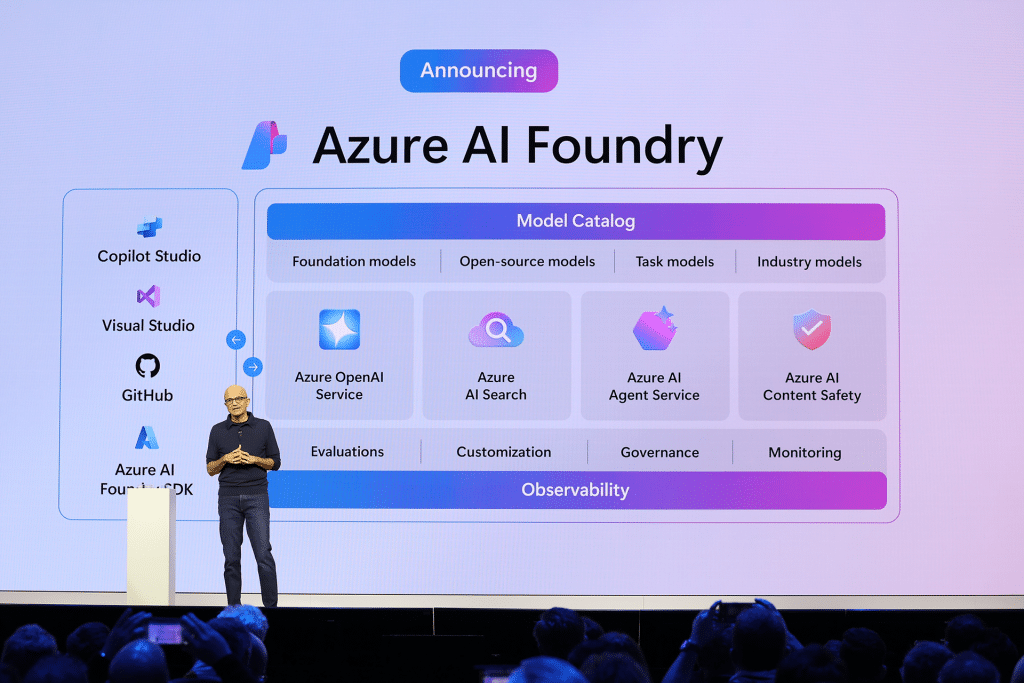Why Modernise Legacy Systems in the Cloud?

Few things move faster than the pace of technological change. Before you know it, an app that was once shiny and new is looking like it’s seen better days. Now it’s outdated, unwieldy and unfit for purpose.
At that point, it’s time to bring it up to date, and businesses are increasingly turning to the cloud to do that. But just why are they moving to a new platform? Why modernise legacy systems in the cloud?
In this article, we’ll explore some of the key benefits of legacy application modernisation on cloud platforms like Microsoft Azure and Amazon Web Services (AWS). Let’s get started.
New business models and innovation
Digital transformation is moving the goalposts in your industry, altering competitors’ business models and customers’ expectations. You need to keep up or risk being left behind. The cloud offers the kind of development agility and streamlined resource provisioning that allows you to match pace or even overtake them.
This ability to innovate means that technology can become a generator of value instead of a cost centre. It can become a vital asset that drives your future success instead of being a burden to be maintained.
A widely quoted statistic from Oracle’s Customer Experience Impact Report is that 86% of buyers will pay more for a better customer experience (CX). In 2020, much of that hinges on the digital CX you offer via customer-facing apps and other online services. If they don’t offer the ease of use and functionality your customers expect, they’ll happily jump ship to your competitors.
Scale and upgrade on demand
Want to increase your business agility? Cloud apps can be scaled up and down quicker and cheaper than monolithic on-premises variants. That’s because cloud apps are most often dealt with in terms of their individual components instead of as a whole.
This is known as ‘microservices architecture’. When software is built this way, an individual component can be scaled up if it’s subject to increased workload or performance demands. Services can be amped up, dialled down, added and removed according to your changing requirements. It’s a more agile and versatile way to deal with your technology needs.
The cloud allows you to align your resources, usage and costs more closely than ever before. As your business needs fluctuate, the ability to scale and make adjustments in this way is invaluable.
Optimise internal operations
A bad user experience (UX) in your enterprise applications will hinder employees in just the same way as a clunky UX on a consumer-facing app will put off a customer. These tools are supposed to enable them to do their jobs more effectively and efficiently, and when help becomes hindrance, it’s time for change.
People have become accustomed to the smooth, polished experiences of consumer-targeted mobile and desktop apps. When it comes to digital business tools, their expectations have risen accordingly, and the traditionally lagging world of enterprise apps is playing catch-up.
This includes bespoke or heavily customised solutions. Bringing your business applications up to date with consumer-grade UX might be a good reason why modernising legacy systems is in order.
What’s more, today’s workforce demands flexibility, mobility, remote working and ‘bring your own device’ (BYOD). If you can’t offer that, maybe you should start thinking about legacy application modernisation. You can be sure that your competitors are either considering it, implementing it, or are there already.
After ‘why’ comes ‘how’
These are all compelling reasons to move to the cloud, but once you’ve made your decision, there’s much still to consider. How are you going to get there?
The shape your refreshed applications will take should be determined by their function and your business needs – now and in the future. Will the migration be relatively simple and fast, a ‘lift and shift’? Will it require your apps to be completely rearchitected to bring them completely up to date and give you the edge you need?
Talk Think Do can help you find out the best path. With many years of experience in legacy application modernisation, we’re skilled at quickly discovering exactly what an organisation’s business goals and requirements are, then shaping the solutions around them. After all, that’s the entire point of the exercise: making your rusty systems fit for purpose again.
Convinced yet? Or are you still wondering ‘Why modernise legacy systems in the cloud?’ Get in touch with us today and let’s talk about where your business is now and where you need to take it in the future.
Get access to our monthly
roundup of news and insights
You can unsubscribe from these communications at any time. For more information on how to unsubscribe, our privacy practices, and how we are committed to protecting and respecting your privacy, please review our Privacy Policy.
See our Latest Insights
The platform for advanced AI apps in 2025
The recent announcements at Microsoft Ignite 2024, particularly the introduction of Microsoft Fabric’s SQL Database and Azure AI Foundry, present significant advancements that align seamlessly with our mission to deliver cutting-edge generative AI implementations for our clients. Enhancing Generative AI Implementations with Microsoft Fabric’s SQL Database The SQL Database in Microsoft Fabric is engineered to…
Customising Microsoft Copilot: Exploring Options for Tailored AI Assistance
If you’ve been following AI developments in 2024, Microsoft Copilot is a tool you’re likely already familiar with. Aimed at improving workplace productivity, streamlining decision-making, and optimising business processes, Copilot is being used by tens of thousands of people at an impressive 40% of Fortune 100 companies.1 While it’s still too early to tell what…
Evaluating AI Tools Using a Task-Based Framework to Optimise Productivity
We’ve all heard about how AI can improve productivity, boost work quality, and open doors to new business opportunities. But the reality is that these kinds of successful results rely on considerable preparation and careful implementation. According to recent surveys, 63% of respondents in successful businesses say that the implementation of generative AI is a…
Legacy systems are costing your business growth.
Get your free guide to adopting cloud software to drive business growth.




